Do you wonder why you can clean your house and then not even a week later you have more dust than what you started with? There are ways to address this issue. Not all of these solutions are going to take care of all the dust, but at least it will help cut down on the amount of dust that you have in your house. First, you need to figure out where the dust mites are coming from and how they are breeding.

Where Does Dust Come From
Dust can be caused by multiple different items around your house, some of them might surprise you. There are items in your house right now, some of which you would have never thought would be able to collect or create dust and dander.
Some of these items are carpeting, HVAC (Heating, Ventilation, and Air Conditioning) air filters, or even leaking air ducts. Let’s examine how these items can cause dust and dander.
Carpet
Due to its low cost, noise reduction capabilities, and ease of cleaning, carpeting is a popular choice among most homeowners and business establishments. However, did you know that carpeting is one of the primary sources of dust collecting in an interior environment?
Fabric attracts dust and the surface of carpets provides an excellent environment for these allergens to settle. Many people will tell you that vacuuming your carpeting on a regular basis would help to remove the dust build-up, but this is a significant myth that can make the dust situation in your home worse. As a result, it’s recommended to use a HEPA (high-efficiency particulate absorbing filter) vacuum, which is intended to remove tiny particulates from the air in an indoor setting.

HVAC Air Filter
The type of HVAC filter you put in your air handling system can have a significant impact on the accumulation and build-up of dust, which can eventually lead to an airborne dust problem. Smaller particles, such as dust, will pass through the filter and into the AC evaporator coil, causing it to become dirty and allow airborne dust to enter the home’s recirculating air. As a result, a higher-grade, more effective HVAC filter is required for dust and dust mite removal.
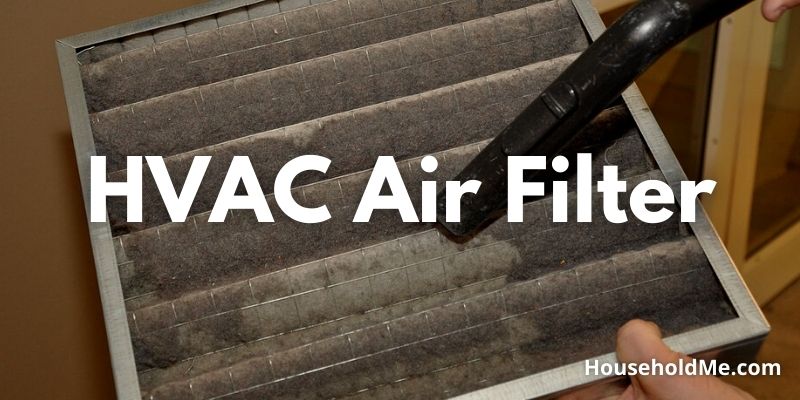
Leaking Air Ducts
The air ducts in your home may be drawing in dust from locations like your attic and other dusty regions and dispersing it throughout your home. This can be a key contributor to the creation of dust in the interior environment, which can induce allergies in individuals who are exposed to the allergen.
Rainy weather also promotes the growth of mold spores and dust mites, providing little comfort to people who are allergic to these allergens. Windy days, no matter what kind of allergy you have, are likely to aggravate it. On the ground, pollen, mold, dust, and dander are all harmless.
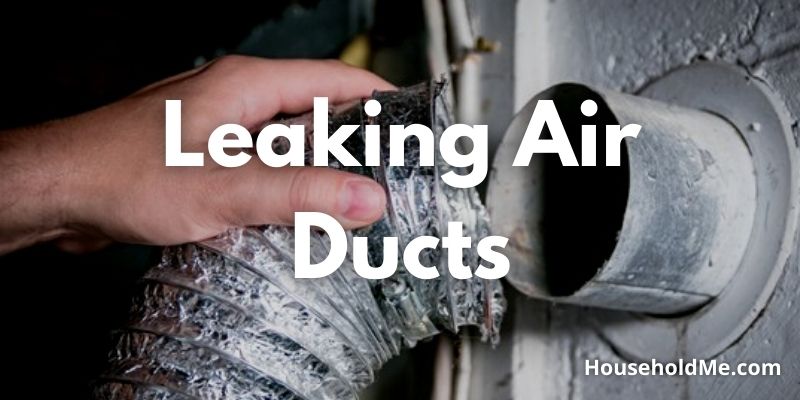
What causes allergies to dust and dander
People can be allergic to dust or dander that might be around their house. For people with dust allergies or asthma, indoor dust and dander are a common problem.
Dust mites, which reside in your mattress and upholstered furniture, are two of the most prevalent allergens in your house. Dust mites prefer warm, humid environments and are uncommon in dry climates.
Dust mite allergy is an allergic reaction to microscopic insects found in household dust. The symptoms of dust mite allergies are similar to those of hay fever, and include sneezing and a runny nose. Many people who have a dust mite allergy also have asthma symptoms including wheezing and difficulty breathing.
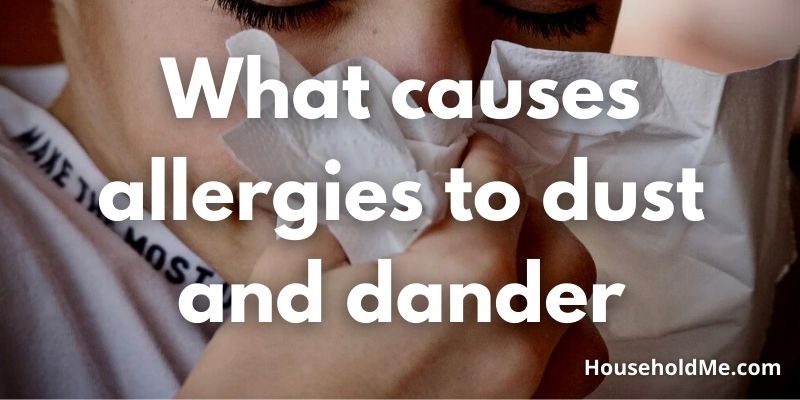
Dust mites are too small to view without a microscope. They are relatives of ticks and spiders. Dust mites feed on human skin cells and flourish in warm, humid settings. Bedding, upholstered furniture, and carpets in most houses provide an excellent setting for dust mites.
Dust mite allergy may be controlled by taking actions to limit the amount of dust mites in your house. To ease symptoms and manage asthma, medications or other therapies may be required.
Symptoms of dust mite allergy caused by nasal passage irritation include:
- Sneezing
- A Stuffy Nose
- Eyes That Are Itchy, Red, or Watery
- Congestion in the Nose
- Itchy Nose, Throat, or Roof of Mouth
- A Type Of Postnasal Drip
- Cough
- Pain And Pressure on the Face
- Under Your Eyes, Swollen, Blue-Colored Skin
- Frequent Upward Rubbing of the Nose of a Child
How to Keep Dust and Dander Out of the House
Controlling exposure to allergens will begin at home for those with allergies and asthma, as this is where people are most exposed to allergens like dust and dander.
Finding the sources of these allergens in the home, as well as ways for mitigating and regulating dust and dander levels inside the space, are critical steps in returning your indoor environment to a healthier, allergen-free environment. Many homeowners who suffer from allergies, which can be debilitating, are incorporating air quality solutions into their homes to help remove airborne allergens from the airspace.
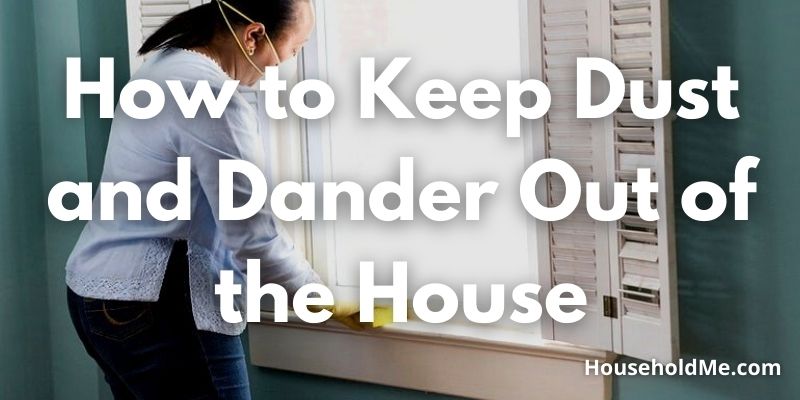
Air quality solutions such as air purifiers and HVAC filters are two of the most prevalent options for removing allergens from the air in a home or other commercial facility.
Air purifiers are air filtration devices that are designed to filter allergens from indoor air using various filtration technologies found in various types of air purifiers. Furthermore, HVAC filters can be used and integrated into an air handling system to efficiently and swiftly absorb these tiny particulate matter allergens from the air.
Maintaining a clean and dry environment is perhaps the most important step in reducing allergies indoors. Dehumidifiers and air purifiers, as well as temperature control, play a role.
You can alleviate your allergies by preventing your dogs from sleeping in your bed and tidying your home. Your allergies will no longer control your life once you understand how to lessen allergies with the proper furniture. You will be able to live freely and fully by eliminating the most obvious allergens from your home.
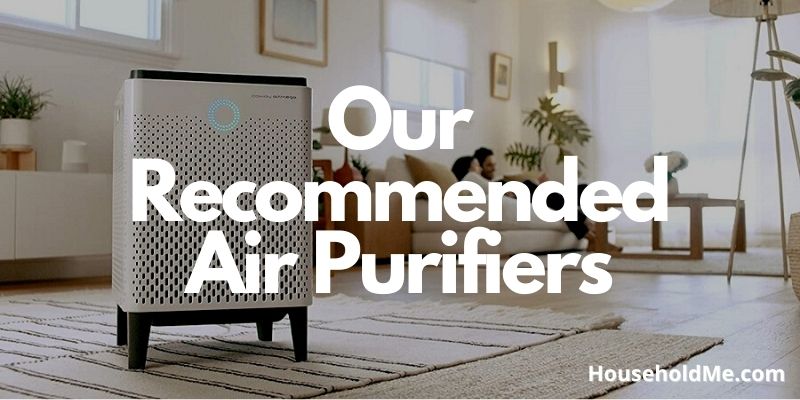
If you have any questions or comments, please add them below in the comment section. Similarly, please let us know if you spot any mistakes or omissions. Thanks!
Sources:
Sheikh A, Hurwitz B, Nurmatov U, van Schayck CP. “House dust mite avoidance measures for perennial allergic rhinitis.” Cochrane Database Syst Rev. 2010;(7):CD001563. doi: 10.1002/14651858.CD001563.pub3
Dust Mite Allergy Diagnosis and Treatment. Mayo Clinic
